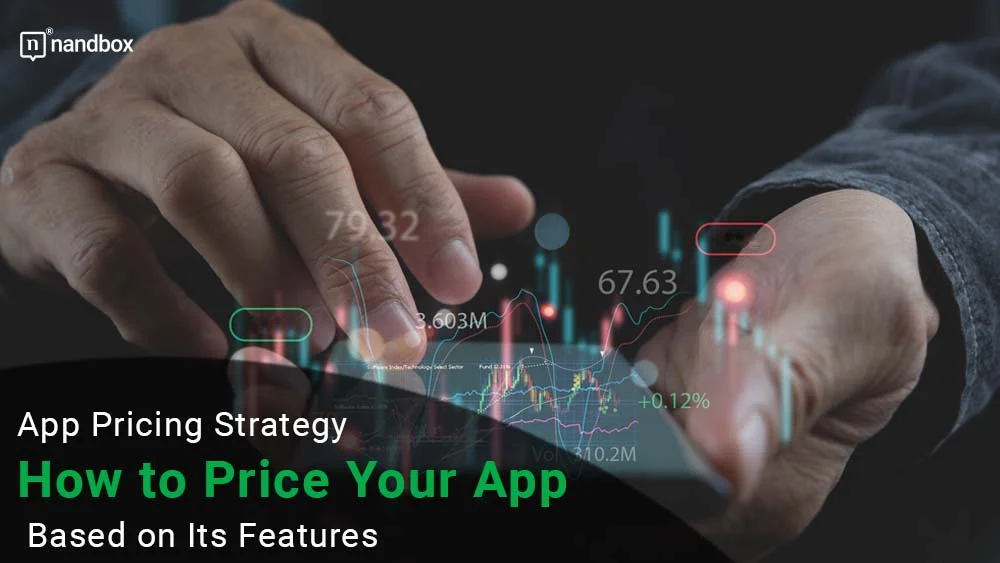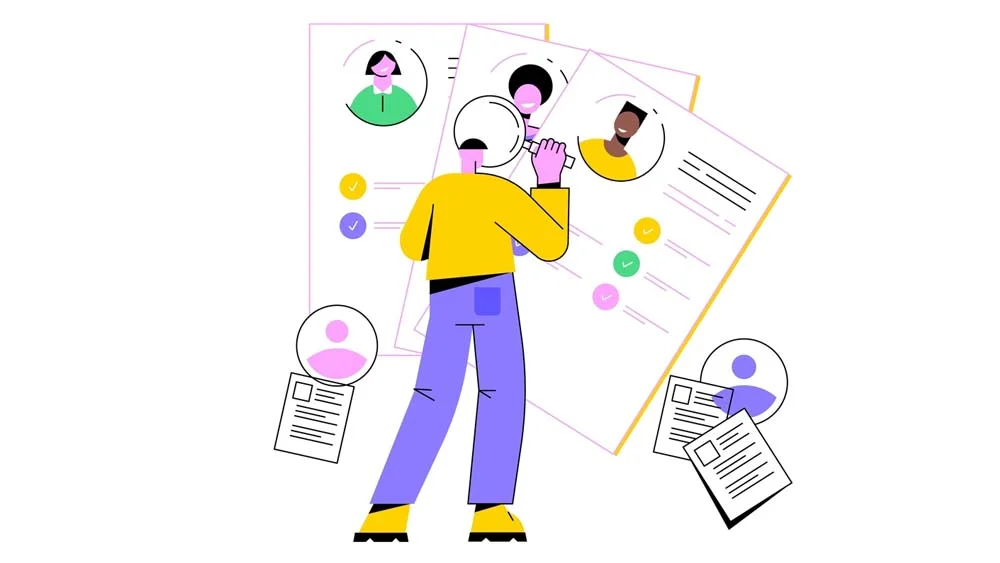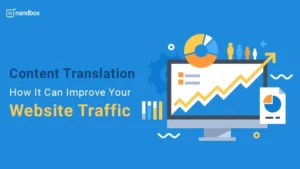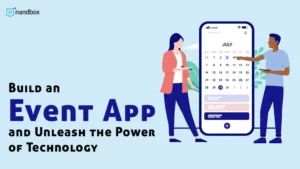Crafting an Effective App Pricing Strategy Based on Feature Set
When pricing your app, it’s important to consider the value that each feature brings to the user. Basic features should be priced lower, while premium features should have a higher price point. You can also offer different pricing tiers that include different combinations of features to appeal to a wider range of users. Additionally, think about how similar apps in your market are priced to make sure you can compete.
Another important thing to think about is how valuable your app seems to the user. You can make people feel that your product is more valuable by giving them a free trial or using a freemium model that lets them use basic features for free but charges for premium features. It’s also important to look at your pricing strategy often and make changes as your app and the market change. This will help you make the most money while still giving your users something of value.
Your Ultimate App Pricing Strategies
Consumers are finding more and more value in apps, which is also making it more and more difficult for companies to break into the market. Because of this, your business plan needs to include time to learn about how customers think and how to set prices. This article will examine numerous mobile app pricing strategies and what you should know to choose the best one for your own app.
When choosing a pricing strategy, it’s also important to consider the overall goal of your app. If your goal is to make a profit, you may want to charge a higher price for premium features. If your goal is to gain a large user base, a freemium model may be more effective. Additionally, keep in mind the cost of developing and maintaining the app when setting prices. It’s important to find a balance between making money and giving your users something of value. For better insights, read our analysis of how much it costs to develop an app in 2023.
Types of App Pricing Strategies: A Quick Overview
There are several types of app pricing strategies that one could choose from. It’s all about which type fits your app plan better. These types are:
- Free: your app is completely free for users to download
- Freemium: the app is free, but it has certain features or services that you can choose to pay for.
- Paid: users pay once to download your app, and then they can enjoy it for free.
- Paymium: This is a hybrid of paid and freemium strategies. People simply download the app and can make multiple payments through the app for multiple purposes.
- Subscription: This is a well-known model. Users must renew their app subscription monthly or annually in order to continue using it.
These are mainly the types of app pricing strategies; we will state some factors that determine for you which type you should use. Below are the very first things to do in order to know how to price your app.
Understand Your Main Objectives
Before you can begin pricing your app, it’s important to consider the primary objectives of your product. Are you hoping to make money or increase your user base? Knowing the answer to this will help inform the type of pricing model you should choose. If you’re looking to monetize your app quickly, a paid one-time purchase or subscription-based model may be best. If you want to attract more users, you should choose a freemium or ad-supported model.
Consider Different User Acquisition Strategies
In addition to price, user acquisition strategies should also be taken into account when deciding how much you should charge for your app. To get the most people to download these strategies, you will need to spend more money or find new ways to make money. For example, using a freemium model and using strategies like influencer campaigns or referral programs can help bring in more people. Potential customers can also be encouraged to buy your app by giving them discounts and special deals.
Analyze Your Relevant Markets and Their Characteristics
Before you choose a pricing strategy, you should look at the app markets that are important for your platform. Researching these markets can help you understand their characteristics, such as types of users, competition, customer expectations, and pricing. This can tell you a lot about what customers are willing to pay for certain features or services, which can help you find the best price point for your market.
Analyze and Examine Your Target Audience
Before deciding how to price your app, you need to know a lot about your target users and how they spend money. By looking at data about the demographics of people who buy apps and the trends in your target audience, you can set prices that meet the needs and wants of your customers. This method will make sure that your customers get real value for their money, which will make them more likely to buy from you again and again. Moreover, it will boost your word-of-mouth marketing efforts as well, as satisfied customers will recommend the solution to others.
Use Data to Fine-Tune & Optimize Your Prices Over Time
As you measure usage, downloads, sales figures, and customer satisfaction metrics, you can use the data to fine-tune and adjust your app’s pricing accordingly. You might even want to use more than one strategy at different times or in response to changes in the market. For example, you could offer discounts on certain features during times of economic hardship or launch limited-time offers when demand is high. It’s important to look at the data often to make sure that your prices are still right over time.
Based on what should you choose one of these strategies?
There are a variety of things to take into account before choosing the right app pricing strategy, such as:
- The goal of your application
- The amount and type of features you’d like to add to your app
- Your corporate targets
- Who are your users
- The market’s needs
- The price to develop an app up front
- The price of keeping your software updated
- How are your rivals behaving
Before moving forward with your pricing choice, you must determine whether your app will run on iOS, Android, or simply both. I know it might look intimidating, but that isn’t the case with what we’re trying to do; rather, it’s to emphasize how crucial it is to carefully consider your options before entering the market.
nandbox’s Way of Helping You With Your App Pricing Strategies Based on Features
nandbox is a native app builder that aims to facilitate your app development process. With nandbox, you have everything you need to create an app from scratch. With no prior knowledge of coding or programming languages, all you have to do is choose a template of the app you want to develop, select your desired features, and simply drag and drop them to your home and side menus.
You will be provided with two things: a preview of how your app will look and a documentation section. nandbox’s documentation section is a detailed documentation of every single feature or module the app has. It facilitates the app’s navigation and is your go-to, step-by-step guide on how to build an app using our app builder. Our app builder has every feature you’ll need to build any industry-related app. Sign up for our app builder now, and don’t miss out on the app-building experience.








